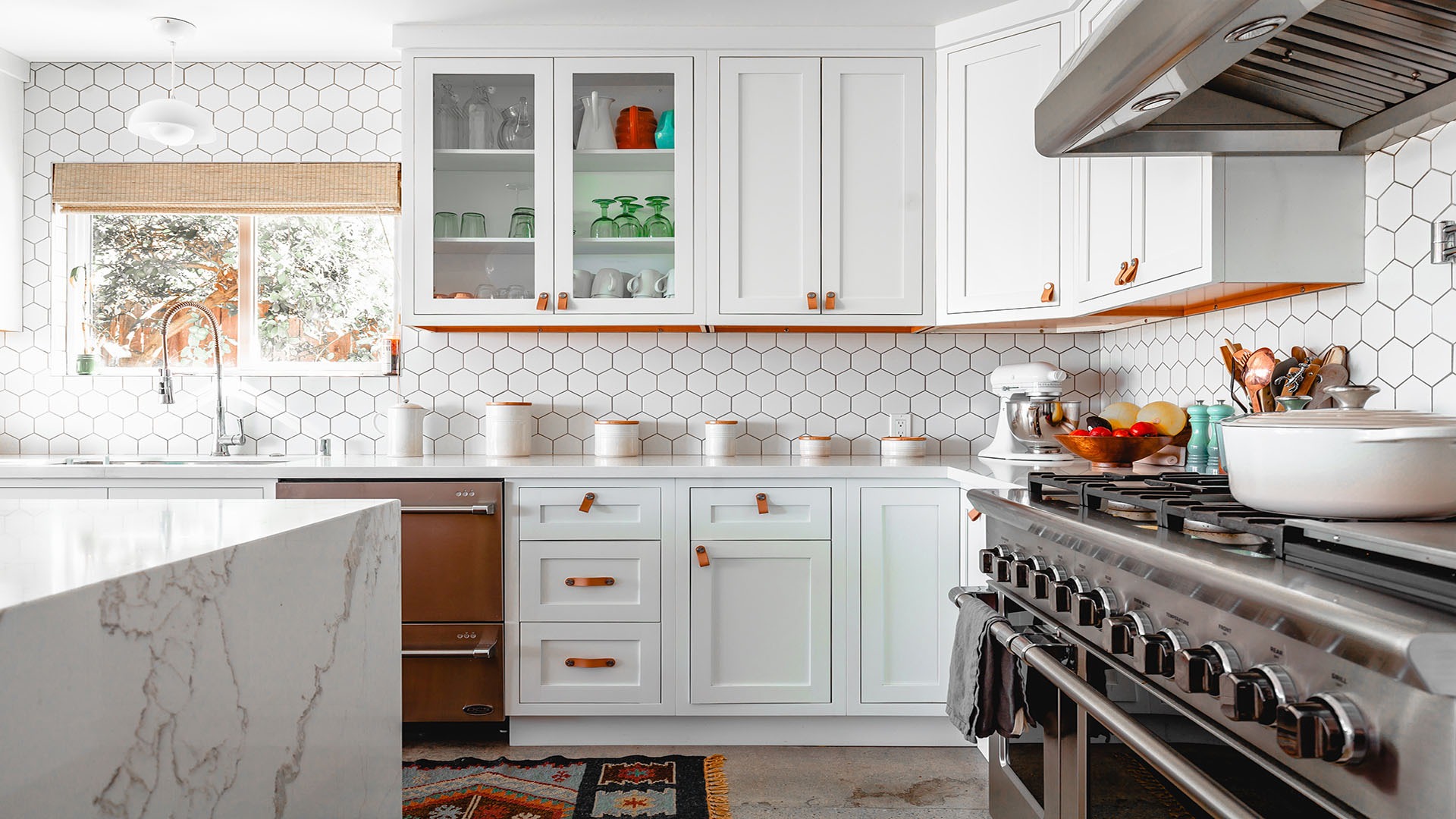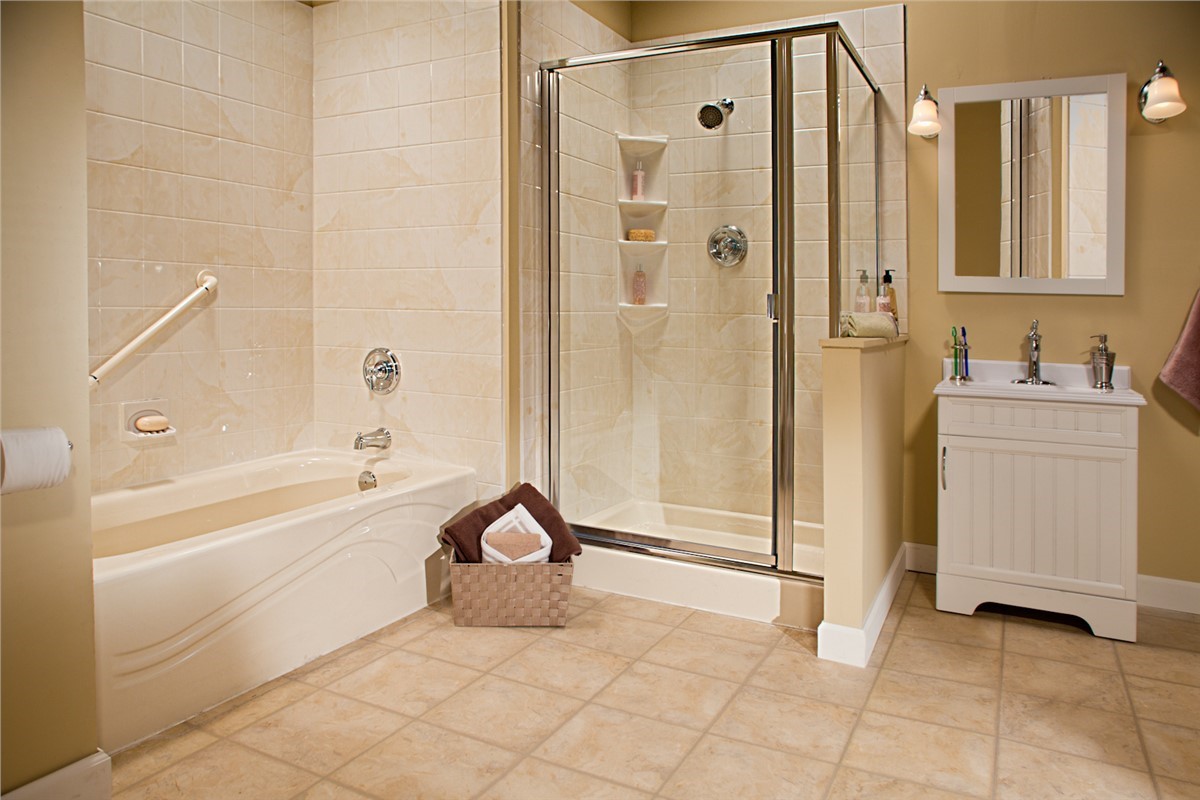
Buyers who are thinking about purchasing a home often ask, "Is a home warranty worth it?" It depends on each individual's situation whether a home warranty is worth the cost. Some buyers prefer a warranty that covers all of the major systems in their house, including HVAC, plumbing, and electrical systems. Others prefer a plan that covers everything for one low price. A home warranty could be a good choice for you. However, it might be wise to first look at other options.
A home warranty can help homeowners offset some of their home's costs, regardless of what reason. A warranty can increase the value of your home and make it more appealing to buyers. A warranty can make a house more appealing to buyers. It will also help you sell your house faster than a house without one. The average plan costs $500 per calendar year. This option is a great choice for those who require additional security.
A home warranty can be expensive. Some plans cover everything. Some companies cover the sump pump, ceiling fans, exhaust fans, as well as the exhaust fans. This coverage is not affordable for all homeowners. A more affordable "Enhanced" plan could be the best option. These plans cost $100 to $300 annually and include additional coverage like a refrigerator and washer/dryer. You can also add optional coverage to include a pool and septic system.

A home warranty won't cover all things. This is the most important thing to remember. To ensure that you are getting the best deal, it is important to review all details. Although some companies will pay for appliances, you don't know what the quality of the work you'll get. A home warranty can also help you sell your house, attract buyers, and protect your investment. And in case you're not comfortable with the contractor, you can even have your say in the repairs.
When you're planning to buy a new home, it's a great idea to purchase a home warranty. These policies protect appliances from age-related wear. They can also protect against high-cost emergency repairs or replacements. If something happens to your home, you'll be able to rest assured. This home warranty is worth looking into if your home is older.
FAQ
Should I hire an architect or builder?
If you are planning to renovate your own home, it may be easier to just hire someone else to do the work for you. You can hire an architect to help you design the perfect home.
Is it less expensive to renovate an existing house or build a new one?
There are two options if your goal is to build a new home. Pre-built homes are another option. This type of home can be moved in to immediately after it is built. You can also build your own home. This option will require you to hire a builder in order to design and build your dream house.
How much time and money it takes to design and plan a new house will affect the cost. It will take more effort to build a custom-built home because you'll be required to do most construction work. However, you have more control over what materials you use and where they are placed. It might be easier to find a contractor that specializes in custom-built homes.
A new house is generally more expensive than a home that has been renovated. The reason is that you'll need to pay more for the land, as well any improvements. In addition, you will need to pay permits and inspections. The price difference between a newly built and remodeled home averages $10,000-$20,000.
What can I do to save money on my home's renovation?
By doing all the work yourself, you can save money. One way to save money is to try and reduce the number people who are involved in the remodeling process. It is also possible to cut down on the cost of materials during renovations.
Can I rent a dumpster?
To help you get rid of the debris from your home remodeling project, you can hire a dumpster. Renting out a dumpster is an excellent way to keep your yard tidy and free from debris.
Can you live in your house while it's being renovated?
Yes, I can live inside a house while I renovate it.
Are you able to live in your house while the renovations are ongoing? The time taken to complete the work will impact the answer. If the renovation process lasts less than 2 months, then yes, you can live in your home while it's under construction. You can't live there if your renovation project takes more than two months.
It is important that you do not live in your home during major construction. Noise pollution and dust from heavy machinery on the job site could also be a problem.
This is especially true if you live in a multi-story house. In this case, the sound and vibration created by the construction workers might cause severe damage to your property and its contents.
You will have to live in temporary accommodation while your home renovations are underway. This means that you won't have access to all the amenities that come with your own home.
For example, you will not be able to use your washing machine and dryer while they are undergoing repair. Additionally, the smell of paint fumes or other chemicals will be a constant annoyance as well as the banging sound made by workers.
All these things can lead to anxiety and stress in your family. Therefore, it is important to plan ahead in order not to feel overwhelmed by the situation.
To avoid costly mistakes, do your homework before you make any decisions about renovating your home.
Also, it is a good idea to get professional help from a reputable contractor in order for everything to go smoothly.
Statistics
- It is advisable, however, to have a contingency of 10–20 per cent to allow for the unexpected expenses that can arise when renovating older homes. (realhomes.com)
- Design-builders may ask for a down payment of up to 25% or 33% of the job cost, says the NARI. (kiplinger.com)
- Most lenders will lend you up to 75% or 80% of the appraised value of your home, but some will go higher. (kiplinger.com)
- ‘The potential added value of a loft conversion, which could create an extra bedroom and ensuite, could be as much as 20 per cent and 15 per cent for a garage conversion.' (realhomes.com)
- They'll usually lend up to 90% of your home's "as-completed" value, but no more than $424,100 in most locales or $636,150 in high-cost areas. (kiplinger.com)
External Links
How To
How do you plan a complete home remodel?
Planning a home remodel takes planning and research. Before you start your project, here are some things to keep in mind. It is important to determine what type of home improvements you are looking to make. You could choose from different categories such as kitchen, bathroom, bedroom, living room, etc. Once you've decided on which category to work on you will need to calculate how much money is available for your project. It's best to budget at least $5,000 per room if you don't have any experience working on homes. You might be able get away with less if you have previous experience.
Once you know how much money your budget allows you to spend, then you will need to decide how big a job it is you are willing to take on. For example, if you only have enough money for a small kitchen remodel, you won't be able to add a new flooring surface, install a new countertop, or even paint the walls. On the other side, if your budget allows for a full renovation of your kitchen, you'll be able do just about any task.
The next step is to find a contractor who specializes in the type of project you want to take on. This will ensure you get quality results and save you a lot of hassle later. Once you have found a reliable contractor, it is time to start gathering supplies and materials. It depends on how large your project is, you might need to buy everything made from scratch. There are many stores that offer pre-made products so it shouldn't be difficult to find what you need.
Once you have all of the necessary supplies, you can start making plans. To begin, draw a sketch of where you would like to place furniture or appliances. Next, design the layout of your rooms. Make sure that you leave space for plumbing and electrical outlets. Visitors will be able to easily reach the areas that are most frequently used near the front doors. Final touches to your design include choosing the right colors and finishes. Keep your designs simple and in neutral tones to save money.
Now that your plan is complete, it's time you start building! Before you start any construction, be sure to check the local codes. Some cities require permits. Other cities allow homeowners without permits. First, remove all walls and floors. Next, you'll lay down plywood sheets to protect your new flooring surfaces. Next, you'll attach the wood pieces to the frame of your cabinets. Finally, attach doors to the frame.
There are some final touches that you will need to make after you are done. You'll likely want to cover any exposed wires and pipes. This can be done with plastic sheeting and tape. Mirrors and pictures can also be hung. You should always keep your work area clean.
If you follow these steps, you'll end up with a beautiful, functional home that looks great and saves you lots of money. Now that you know how to plan a whole house remodeling project, you can go ahead and get started!